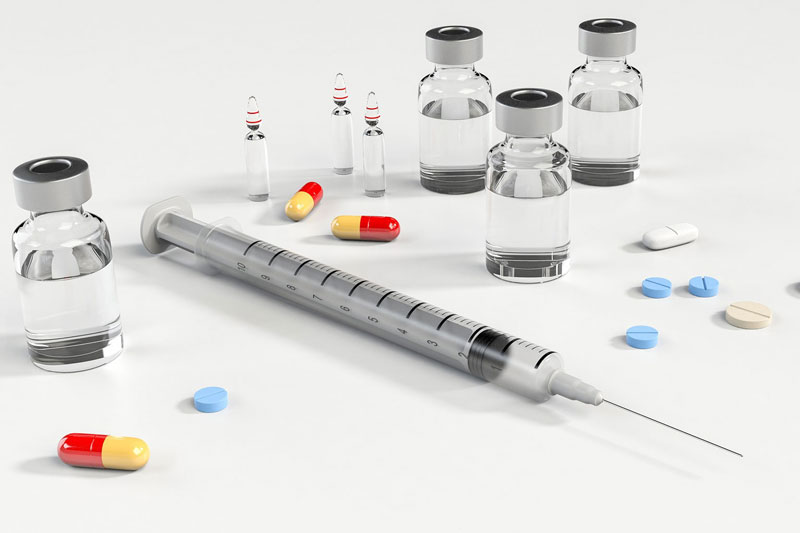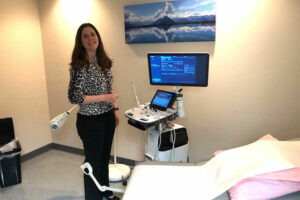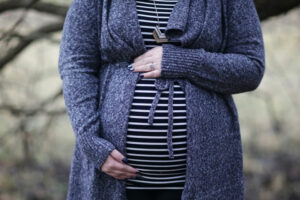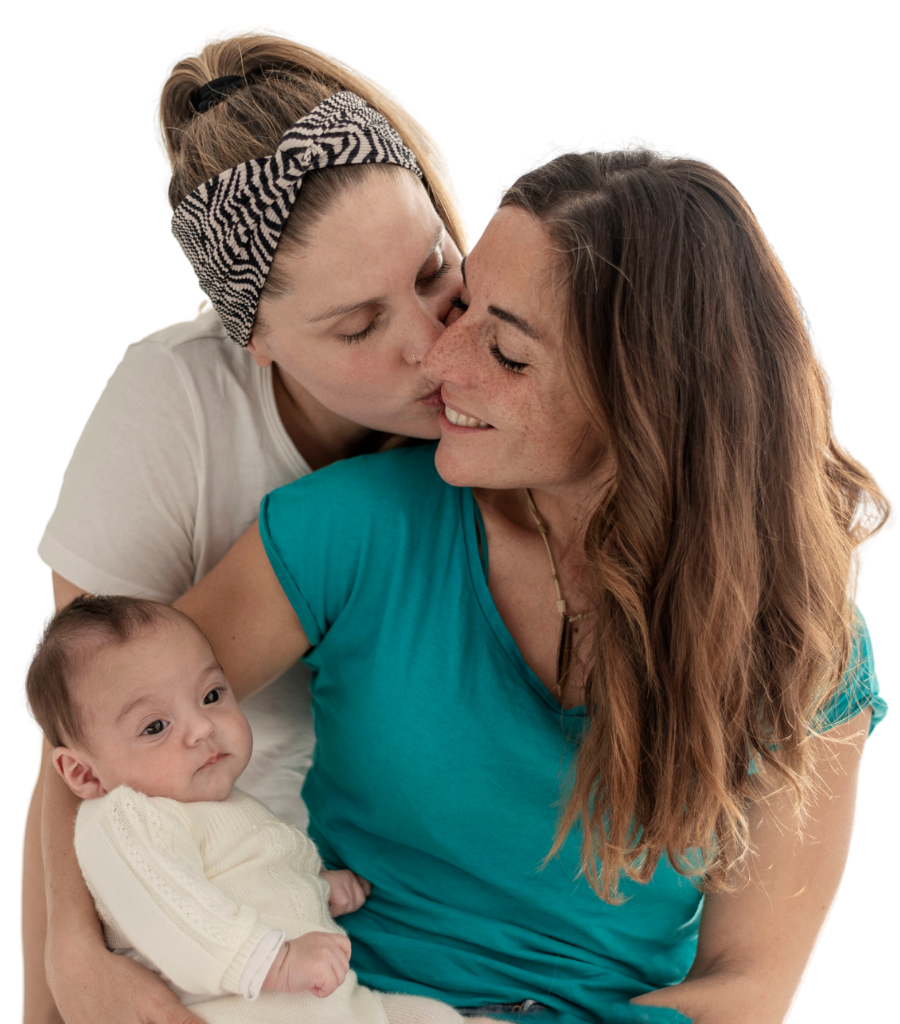Most couples who are struggling with infertility are aware of the basics of in vitro fertilization (IVF), where both an egg and sperm are removed from the body and used to create an embryo in a lab setting. In conventional IVF, the woman takes medication to stimulate egg production.
For some couples, natural cycle IVF, which is similar to conventional IVF just without the drug stimulation, may be a good alternative. For example, couples with significant male factor infertility, or those in which the female partner has had a tubal ligation or her tubes removed, could be good candidates for natural cycle IVF.
A big advantage to going with a natural IVF cycle over conventional is that, because no stimulation medications are used, the cost is lower. But because the ovaries are not stimulated, the disadvantage is that only one egg is retrieved at a time. As a result, couples may have to undergo several natural IVF cycles before getting pregnant. The other steps in the process are the same as a conventional IVF cycle. (Click here to read more about how conventional IVF works.)
How natural IVF works
During a natural IVF cycle, a woman comes in to our office for a baseline ultrasound to ensure that she doesn’t have any cysts on her ovaries that could later be mistaken for a growing egg. She does not take any medication to stimulate egg growth, but will usually produce one egg on her own.She then returns to our office for another ultrasound and blood draw about a week later. Based on the size of the egg and the hormone levels in her blood, we’ll decide on the best time to retrieve it. She will then be given a shot of human chorionic gonadotropin (hCG), also known as “the pregnancy hormone,” to trigger ovulation.
About 24-36 hours later, it’s time to retrieve the egg. The procedure is done in our office, and it’s relatively quick and painless. The egg that is retrieved is then combined with sperm in the same way as traditional IVF. The woman goes home and starts vaginal progesterone suppositories that evening. If an embryo is produced and continues to develop in our lab, we transfer it back to her uterus, again in the same way as conventional IVF. About 10-12 days after that, she can take a pregnancy test to see if the transfer resulted in a successful pregnancy.
Risks and other options
The risks of a natural IVF cycle are the same as conventional IVF. These include surgical risks, the risk of no egg to retrieve, no embryo to transfer, miscarriage, ectopic pregnancy, birth defects and chromosomal abnormalities, as well as the risk for multiple births.However, the risk for ovarian hyperstimulation (OHSS) is significantly lower than with conventional IVF, because no stimulation medications are used. The risk specifically for not finding an egg during a natural cycle is usually around 10-20%.
Another option to consider, called “mini IVF” is a modification of the natural cycle IVF. In this procedure, the woman is given a low dose of injectable gonadotropin stimulation medication or oral agents such as clomiphene or letrozol early on in the cycle to stimulate growth of 2 to 3 eggs at a time.
However, these medications can result in thinning of her endometrial lining — the inner part of the uterus, where the embryo implants. If the lining does thin, the resulting embryos may need to be frozen and transferred in a later cycle, or the woman may need additional hormone treatments after the egg is retrieved.
If you think natural cycle IVF or mini IVF could be right for you, please make an appointment for a consultation with one of our expert physicians. We’ll go over all the details of each option, and recommend the best treatment for you. Call us at (502) 897-2144.








